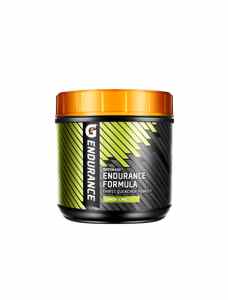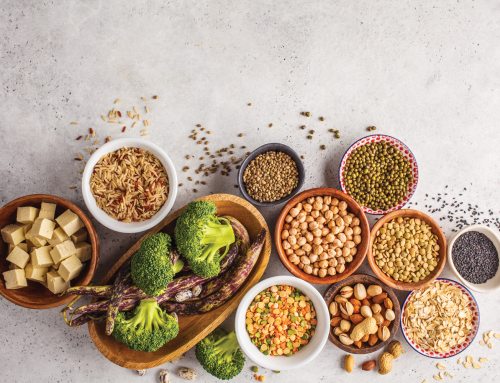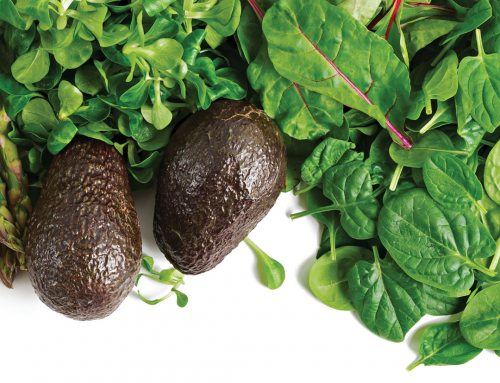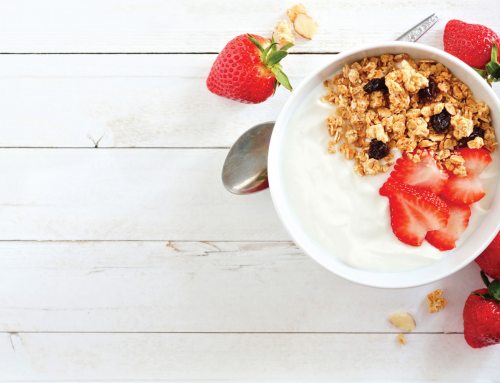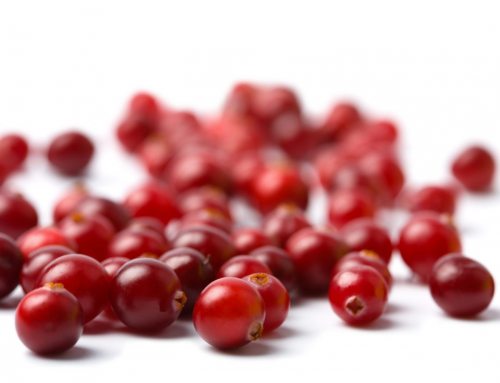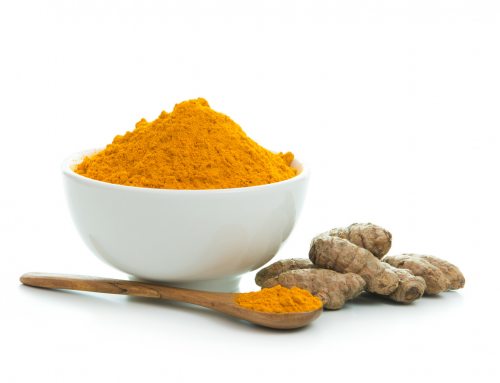

By Robby Pierlott
In the half-Iron distance, athletes swim 1.2 miles, bike 56 miles and run 13.1 miles. Ironman-length races comprise 2.4 miles of swimming, 112 miles on the bike and 26.2 miles of running. Either event makes for a long day for most athletes! You have to respect these distances and train appropriately. Part of that training is dialing in your fuel and hydration. You can’t risk making a mistake; you have put too much time and a fair chunk of your wallet into these races and need a happy ending.
Half-Ironman and Ironman Nutrition
Though plenty of folks have made it through a sprint- or Olympic-distance race by winging their nutrition, you will have a miserable day if you do not have a well-thought-out plan for races this long. The lead-up does not change much from race to race. You want your tanks full by the time the race starts. Because you know you are going well past the two-hour mark for the half and full, you need to start getting those calories in before it is too late.
Breakfast should be about two hours prior to race time. Try to target 400-500 calories and avoid foods high in fiber. Prior to the race start, hit a gel giving you 100 calories and try to consume 8-10 ounces of fluid to top things off. Now, you are probably not going to eat much on the swim. Some of you may have unique hydration techniques while in the water, though I usually avoid drinking any water I swim in! So your nutrition plan has to start as soon as you exit the water.
You want to target 200-250 calories per hour during your race. You could do this all on liquid nutrition, but most of us want to eat something while on the bike. Sticking with a gel or energy bar should work fine. If you are getting a large portion of your calories from a sports drink then you should be getting a steady flow of simple carbohydrates every 15 to 20 minutes. This is important. Your body will have an easier time dealing with simple carbohydrates while exercising, but you need to keep a steady flow of them coming in so you can maintain your blood sugar levels.
If you are going to combine sports drinks, gels or energy bars, you need to do some number-crunching. Gel packs are usually around 100 calories each. Energy bars are anywhere from 200-250 calories per bar. So make a plan around the type of nutrition that you are using during your race and target 200-250 calories per hour. Eating on the bike is pretty tolerable, but when you come out of T2 and hit the run course, you will probably find that drinking is about all that you can handle. Some folks can tolerate a gel and chase it with water. Just make sure that you have practiced this in your training and have had success with it.
Salts and Caffeine
Salts are extremely important for the muscular and nerve functions in your body. If your electrolyte levels get out of sorts, then bad things are on the horizon for you. We all sweat, but not at the same rates. Your sweat rate and your training can have an impact on the electrolyte loss that you incur. There are a number of energy replacement drinks available that have higher electrolyte levels to help you keep in balance. Many people use salt tablets for really hot and humid days. Again, trial and error during your training is how you are going to work this out.
Caffeine is another fun chemical that most of us are very familiar with. Athletes have been trying to figure out the winning recipe for some time. Here are some basic guidelines. If you consume caffeine daily, you will have to restrict your intake prior to the big race to get the real benefit. If you are serious, you probably want to start three to four weeks out. Yes, you will go through withdrawal, but look at it this way: Everyone around you has gotten used to your mood swings with your training, so what is one more tirade? You will want to ingest some java prior to the race start. While you are out on the course you can use caffeine-laced gels to give you a needed boost. Near the end of the bike or during the run, pick your poison or go with the tried-and-true, good old Coca-Cola.
Race Day is not a Day to Experiment
Regardless of your race distance, the day of the race is not the time to experiment with your nutrition plan. If you have been using Heed sports drink on all your training rides and then decide to try the Powerade that they have offered on the course, you might have a problem. Even if they are providing the same sports drink, there is no guarantee that they have mixed it to the same ratio that you are used to. The bottom line is that you need to bring your own nutrition along with you.
A mistake I often see athletes make is that they have not practiced their nutrition plan at all during their training. Making a nutrition plan does not happen a few days prior to your race. I suggest that at the same time you put together you training program for your race season, you also put in a written plan for race-day nutrition and integrate that into your normal training days.
The idea is to condition yourself the same way in your training as you would on race day. It will also give you plenty of time to work out any problems that arise. There is always going to be a bit of trial and error in working these things out. This is where your training plays a big role in establishing your race-day protocol. I wish you all the best with your training and racing this season.
# # #
Robby Pierlott has a Bachelor of Science degree in nutrition and is TrySports store manager. An active triathlete since 1989, he stays busy with his wife and four children in Charlotte, N.C., where they live. His favorite post-race meal is an egg sandwich on whole wheat with Texas Pete and a bowl of mixed fruit.


